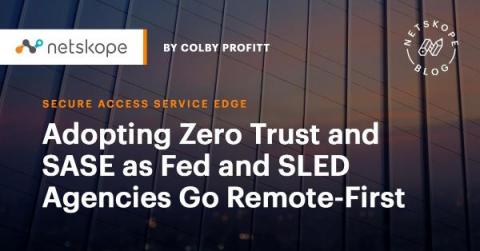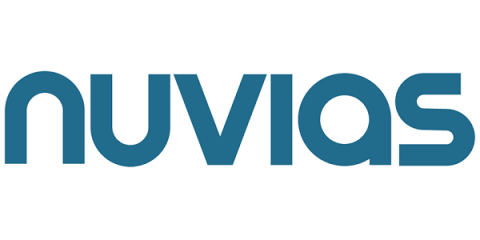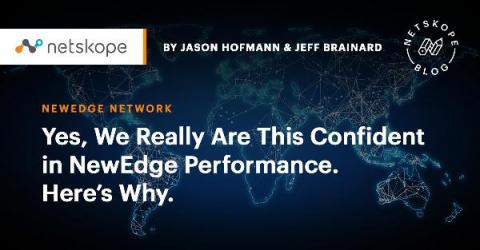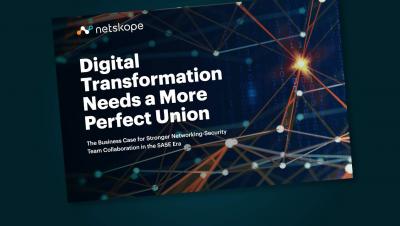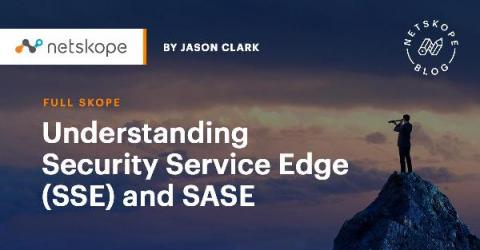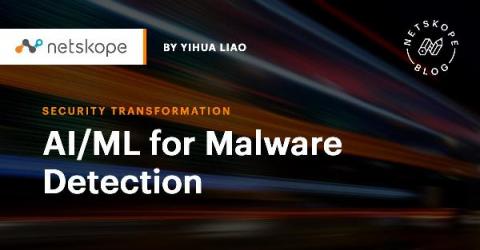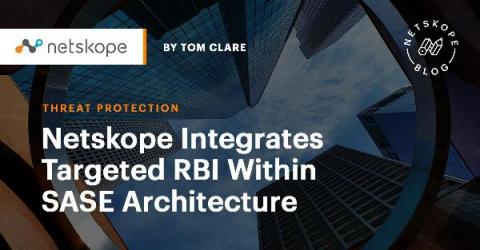Adopting Zero Trust and SASE as Fed and SLED Agencies Go Remote-First
The global pandemic further accelerated a trend toward remote work that was already underway, even in federal, state, and local agencies that previously resisted it. But as agencies continue to offer telework options to employees, they must also rethink their security stack to better mitigate the cybersecurity risks that remote work catalyzes. Traditional, perimeter-based approaches to security will no longer work in a cloud-first environment where data can, and is, accessed from just about anywhere.


